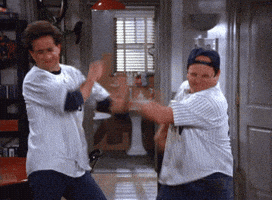- Messages
- 10,137
This is wrong. At the very least, your latency time is dictated by the lowest note you want to support. Because you need at least a full cycle in order to correctly detect the pitch, in order to perform any shifting in the first place.Well, it basically really only depends on CPU power. More juice = less calculation time needed.
A low E on bass? 23ms minimum.
Even if you had some kind of magic nuclear computer, you still wouldn't be able to avoid latency. More juice does not equal less calculation time needed.
But there are also other sources of latency. Lookahead times in order to properly handle transient content. STFT or phase vocoder frame delay - which usually introduce half a window of algorithmic delay. Even if you take a granular approach to your algorithm, there's still the build up time required to gather enough samples to form a grain, and to then overlap multiple grains and apply crossfades.
Even resample based shifters introduce group delay.
There is always latency when it comes to pitch shifting.


